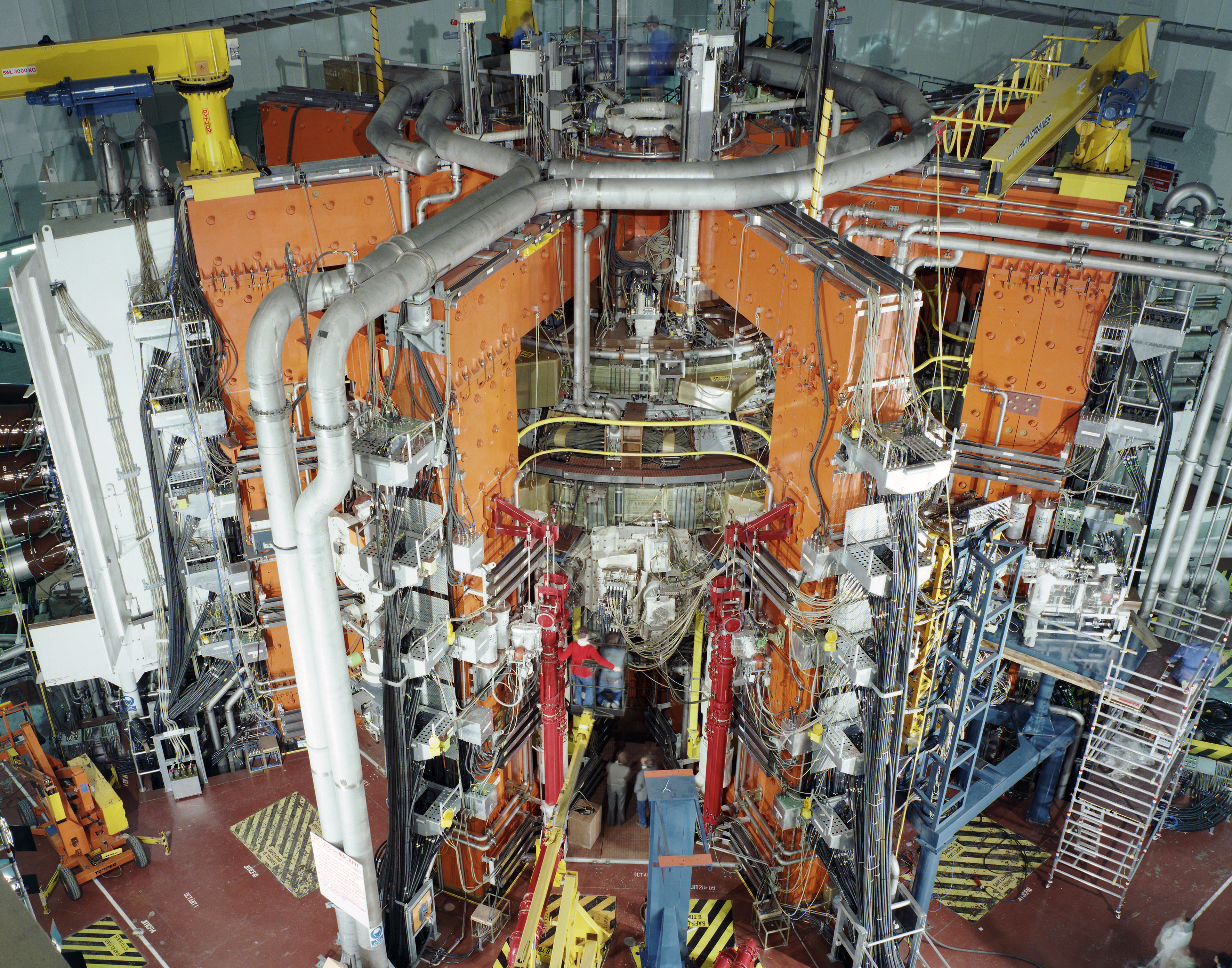Nuclear Fusion
- Introduction to Nuclear Fusion
- Physics of Nuclear Fusion
- Energy from Nuclear Fusion
- Fusion Reactors
- Confinement and Heating
- Fusion Reactor Design
- Radiation and Safety
- Fusion Reactor Materials
- Fusion and the Environment
- Challenges in Nuclear Fusion
- The Future of Nuclear Fusion
Fusion and the Environment
Environmental Impact and Sustainability of Fusion Energy

Experimental type of electricity generation using nuclear fusion.
Nuclear fusion, often referred to as the "holy grail" of energy production, has the potential to provide a nearly limitless supply of energy with minimal environmental impact. This unit explores the environmental implications of fusion energy, its sustainability, and the lifecycle emissions of fusion power plants.
Environmental Impact of Fusion Energy
Unlike fossil fuels, fusion energy does not produce greenhouse gases or other harmful pollutants. The primary byproduct of fusion is helium, an inert and non-toxic gas. This makes fusion a clean energy source with a significantly lower environmental impact compared to traditional energy sources.
However, it's important to note that while the fusion process itself is clean, the infrastructure required to facilitate fusion can have environmental implications. For instance, the construction of fusion reactors and the extraction and processing of fusion fuel can contribute to environmental degradation if not managed responsibly.
Sustainability of Fusion Energy
Fusion energy is considered a sustainable energy source due to the abundance of its fuel. The primary fuel for fusion, deuterium, can be extracted from seawater, while tritium, another potential fuel, can be produced from lithium, which is also abundant. This means that fusion energy could potentially provide power for billions of years, making it a highly sustainable solution.
Moreover, fusion power plants are expected to have high capacity factors, meaning they can operate at near full capacity most of the time. This makes fusion a reliable energy source that can contribute significantly to a stable energy grid.
Lifecycle Emissions of Fusion Power Plants
While the fusion process itself does not produce greenhouse gases, lifecycle emissions must be considered when evaluating the environmental impact of fusion energy. Lifecycle emissions refer to all emissions produced throughout the lifecycle of a power plant, from construction to decommissioning.
The lifecycle emissions of fusion power plants are expected to be low. The majority of emissions would come from the construction of the plant and the extraction and processing of fuel. However, once operational, a fusion power plant would produce minimal emissions. Furthermore, at the end of their lifecycle, fusion plants are expected to produce less long-lived radioactive waste compared to fission plants, reducing their environmental impact.
In conclusion, while fusion energy does have some environmental implications, its potential as a clean, sustainable energy source with low lifecycle emissions makes it a promising solution for the future energy mix. As research and technology continue to advance, the environmental impact of fusion energy is expected to decrease even further.